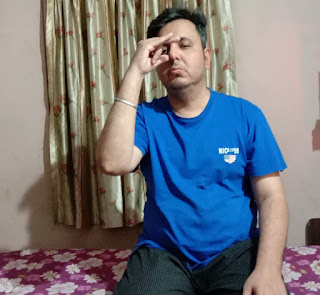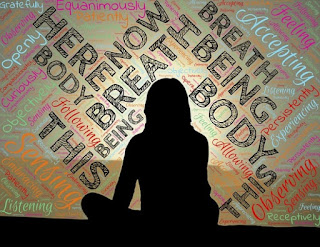Anulom Vilom Pranayam – Steps and Benefits

Anulom Vilom Pranayam – Steps and Benefits Anulom Vilom Pranayam – Steps and Benefits Anulom Vilom Pranayam is one of the breathing exercise or pranayam used in Hatha Yoga. Anulom means with the grain or natural. Vilom means without the grain. So Anuloma is opposite of Viloma. Benefits of Anulom Vilom Pranayama It helps to cure mental issues like Depression, Anxiety, Stress, Tension etc. It very beneficial for breathing related problems like Bronchitis, Asthma etc. Anulom Vilom Pranayam improves working of lungs. This breathing technique boosts our memory and makes our brain sharper. It improves our immune system and cures general issues like cough & cold. It also keeps our heart healthy. Anulom Vilom Pranayama is best for balancing Tri doshas in our body. Tri means three and doshas means impurities. Vaat, Pitta and Kaffa are the three doshas in the body. Imbalance in any of these doshas is cause of all diseases. Doing Anulom Vilom regularly is...

